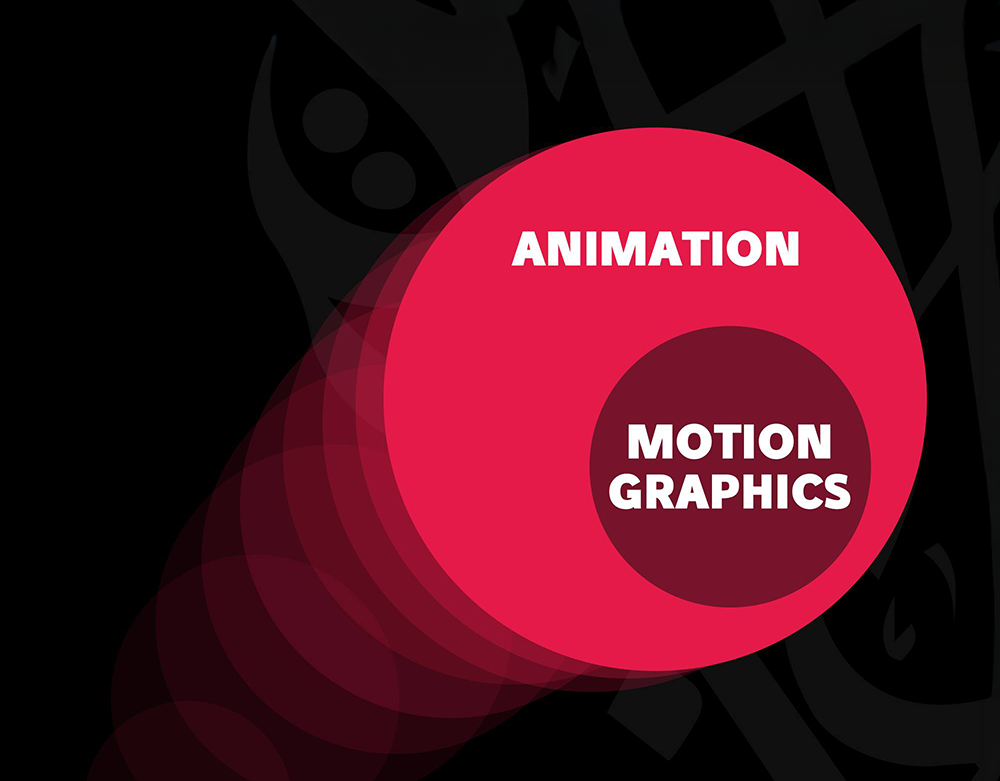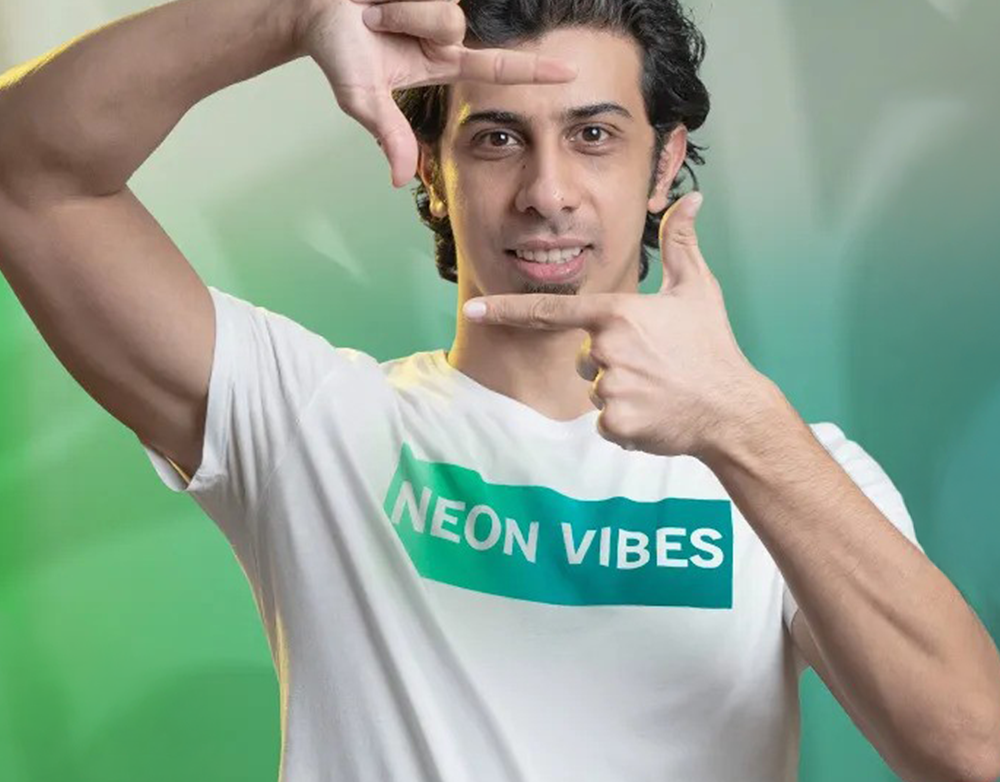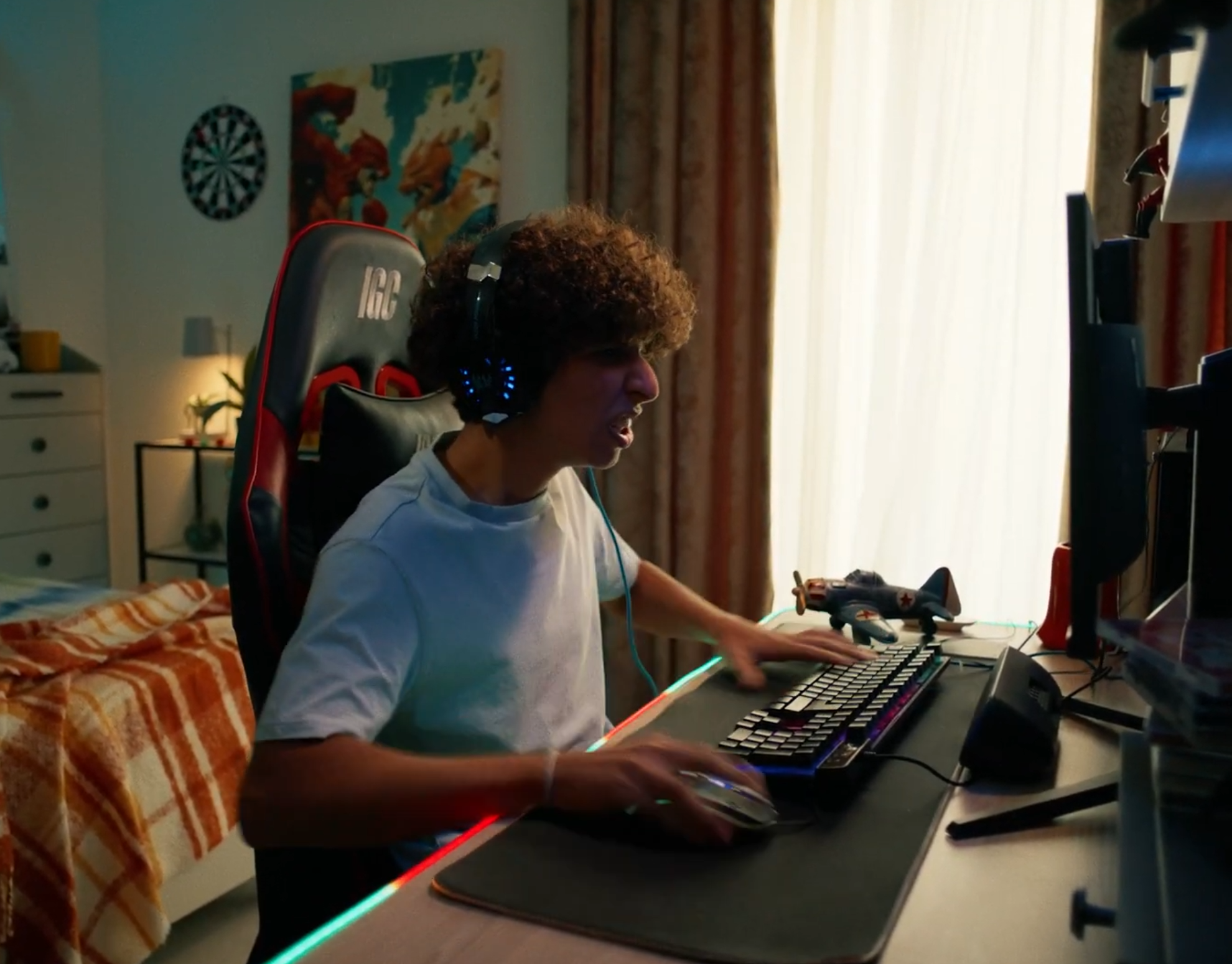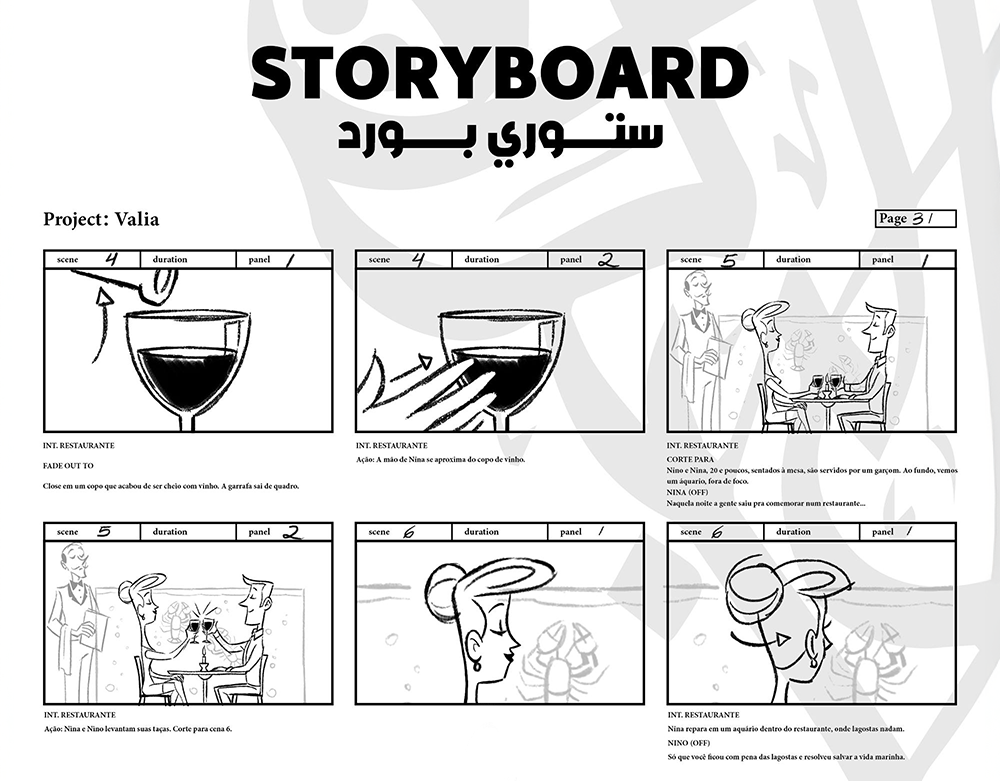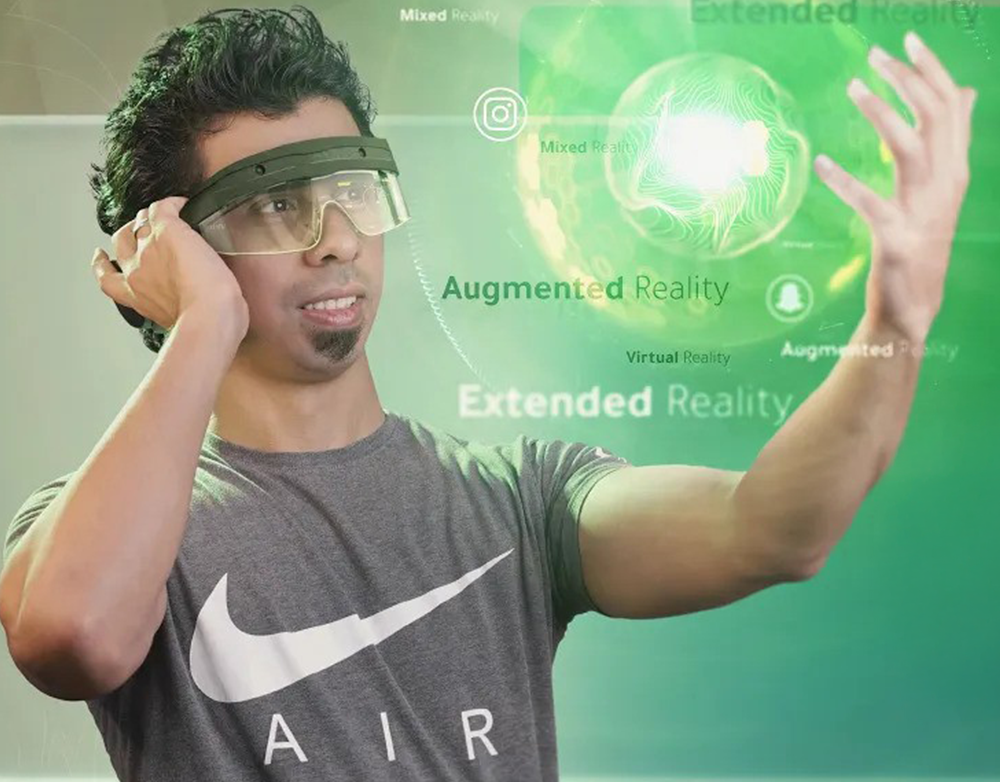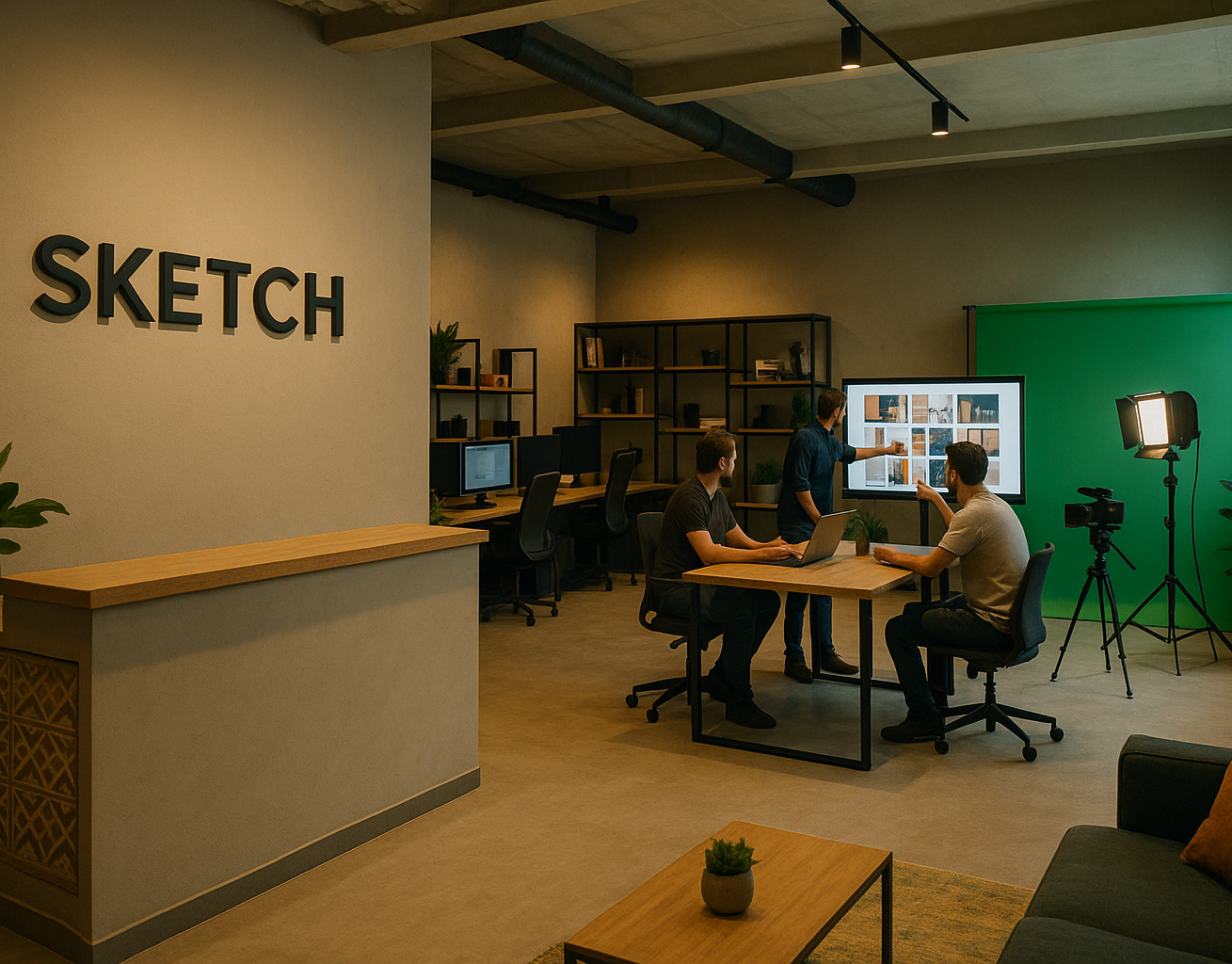Abstract
Augmented reality (AR) technology has increasingly overshadowed virtual reality (VR) due to its superior flexibility, ease of application, and widespread availability. Unlike VR, which requires high-cost specialized equipment, AR can be experienced through widely available smart devices equipped with compatible applications. This accessibility has led to its integration into various fields, including education, marketing, instruction, architecture, and the arts, highlighting the necessity of adopting modern technology to enhance user engagement and interactivity.
In the field of graphic design, AR has emerged as a powerful tool for attracting consumer attention and creating immersive experiences. As contemporary markets become saturated with competitive branding and advertising, graphic designers seek innovative ways to integrate AR technology into their work, fostering creative interaction and enhanced user engagement.
This study aims to evaluate the effectiveness of AR technology in contemporary graphic design by addressing the following research question:
What is the effectiveness of augmented reality technology in the presentation of contemporary graphic design?
What is the effectiveness of augmented reality technology in the presentation of contemporary graphic design?
The research objectives include:
Identifying the role and impact of AR in enhancing graphic design presentation.
Proposing design models and strategies for integrating AR into contemporary graphic communication.
The study examines AR technology within contemporary graphic design through the Builder British company’s AR applications (2011–2017). The theoretical framework explores key concepts, including AR technology, its mechanisms, and its effectiveness in graphic design. The research methodology involves an analysis of 59 graphic design models, with a focused examination of 15 representative designs spanning advertisements, packaging, magazines, and brochures.
Key findings highlight that 2D and 3D graphic software played a crucial role in AR content creation, while pre-existing templates and 3D scanners were less effective due to their limitations in producing original and interactive content. The study also demonstrates that motion graphics and animation within AR significantly enhance user engagement, increase visual impact, and create a dynamic interaction that elevates design effectiveness and audience reception.
Ultimately, the research concludes that AR contributes to reshaping graphic design practices by intensifying promotional efforts, moving beyond traditional design frameworks, and creating innovative visual experiences that cater to contemporary audiences. The study recommends further exploration of mixed reality (MR) applications in graphic design, emphasizing their potential to revolutionize the field.

